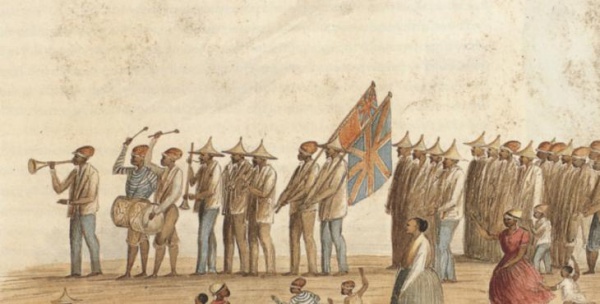Facts About Kaapse Klopse
The Kaapse Klopse is a vibrant and colorful minstrel festival that brightens Cape Town, South Africa, every year on January 2nd, a day known locally as Tweede Nuwe Jaar. Imagine approximately 13,000 minstrels parading through the streets in vivid costumes, twirling umbrellas, and playing instruments. This joyous tradition, deeply rooted in the mid-19th century, is primarily celebrated by Afrikaans-speaking, working-class Cape colored families.
This festival isn't just a feast for the eyes and ears; it holds rich historical significance. It symbolizes renewal and includes a variety of events such as competitions featuring Christmas Choirs, Cape Malay Choirs, and Cape Minstrel Choirs. Originally called the Coon Carnival, its name was changed to the Cape Town Minstrel Carnival to shed the racist connotations of the past.
The origins of this festival date back to the 19th century, celebrating Tweede Nuwe Jaar and bringing together the creole culture of Cape Town. Even during the challenging times of apartheid, when parades were banned and venues were altered, the festival endured. Today, it continues to celebrate the vibrant cultural heritage of the Cape Minstrels through music, dance, and eye-catching costumes.
But the Kaapse Klopse is more than just entertainment. It plays a crucial role in community building, skill development, and social cohesion. It addresses societal issues such as crime, drug abuse, and AIDS, while instilling pride and unity among participants. For children, it is a golden opportunity to learn performing arts, music, and even event management skills.
Despite its many positives, the festival has faced challenges. Noise levels and minor crimes in the Bo-Kaap area have led to some criticism. These concerns have resulted in restrictions on parades in the neighborhood, sparking protests from the minstrels. Fortunately, they were allowed to march the following year.

 Botswana
Botswana